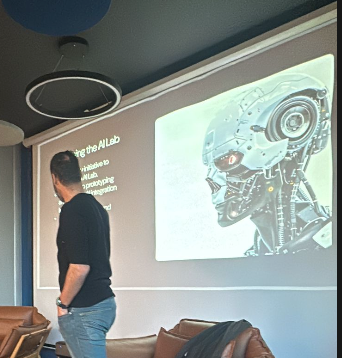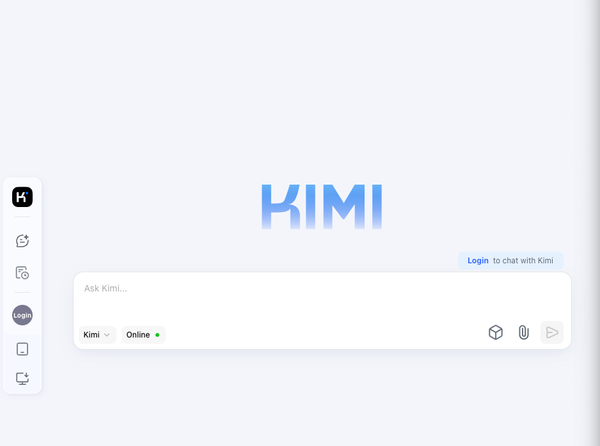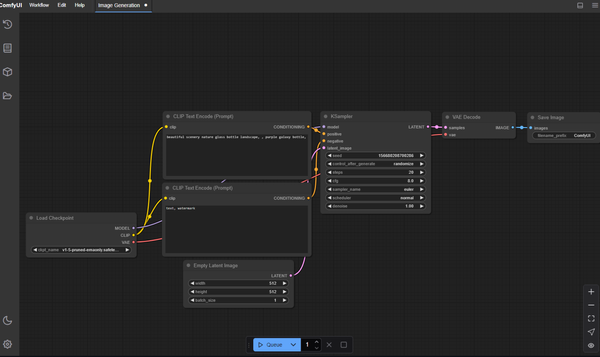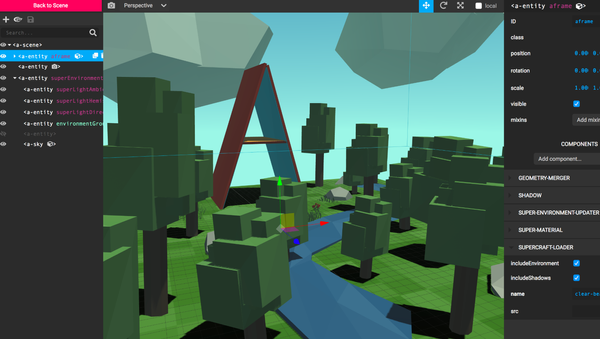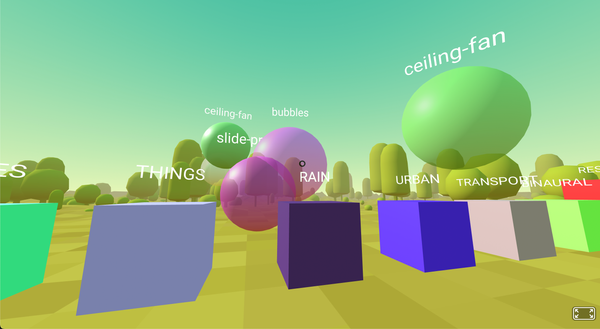AI Will Not Replace Your Job, But You Can Be Replaced by a Good AI User!
Table of Content
AI has made its way into every corner of our lives, from how we shop to how we work. But the burning question that keeps coming up, especially in tech circles, is whether AI will eventually replace our jobs. A few days ago, I hosted the first public event for the AI Club I co-founded with friends. The club’s goal is to bring people together to discuss the latest developments in AI and learn how to use these technologies effectively.
During the event, a developer raised an interesting question while explaining the capabilities of Cursor, an AI-driven coding assistant. He asked, “If AI can code, how long until developers like us are replaced?” It was a valid concern, and the room buzzed with curiosity. Three attendees—developers paid by their companies to use Cursor IDE—looked particularly interested in the answer.
My response was straightforward: AI, at this stage, cannot replace engineers, doctors, or developers because it lacks intent, contextual understanding, and the ability to grasp the nuanced needs of a project. However, businesses are already shifting their focus. They may not replace their workforce with AI, but they will certainly look to replace their workforce with better AI users.
The Rise of the AI-Powered Workforce
Imagine a graphic designer who not only creates visually stunning designs but also knows how to use AI tools to generate mockups, automate repetitive tasks, and brainstorm new ideas. Now imagine another designer with similar skills but no knowledge of AI tools. Who do you think the company will choose?
The same applies across industries. Companies are increasingly looking for professionals who can leverage AI to save time, reduce costs, and improve efficiency. These aren’t just workers—they’re AI collaborators. For example:
- Doctors who use AI-driven diagnostic tools to catch diseases earlier.
- Developers who employ AI to debug code or write boilerplate scripts.
- Marketers who use AI to analyze trends and create targeted campaigns.
This shift is creating a new type of professional: the AI-empowered expert. This is especially true for industries like design and software development, where prompt engineering—the ability to craft precise inputs to get desired outputs from AI—is becoming an essential skill.
The Age of Prompts and AI Agents
One of the most exciting trends we discussed at our AI Club event is the rise of AI agents. Unlike traditional AI tools, which perform specific tasks, AI agents are designed to work autonomously on multiple tasks based on the prompts and parameters provided. In healthcare, for instance, AI agents are being used as diagnostic assistants, capable of analyzing patient data to recommend treatment plans.
At the heart of this revolution lies prompt engineering. Think of it as the art of asking the right questions. In my experience, a well-crafted prompt can mean the difference between getting a generic AI response and obtaining a solution tailored to your exact needs. During the event, I shared a few examples of how prompt engineering can help healthcare professionals:
- Creating personalized treatment plans by providing detailed patient histories.
- Automating administrative tasks like scheduling and billing.
- Researching rare diseases and potential treatment options.
AI in the Workplace: A Double-Edged Sword
While AI has immense potential, it’s not without its drawbacks. One concern I shared during the event is that excessive reliance on AI could make people lazier. Why learn the intricacies of a skill when AI can do the heavy lifting? However, this doesn’t mean companies are holding back. On the contrary, many enterprises are actively encouraging their employees to use AI tools, viewing them as a competitive advantage.
This trend has led to a new set of requirements for professionals:
- AI Workflow Integration: Companies are hiring developers and designers who can build AI systems tailored to their workflows.
- Specialized Roles: We’re already seeing job postings for AI agents’ designers and developers, tasked with creating custom AI solutions for business needs.
- AI Business Integration: Beyond tools, companies are looking for ways to embed AI into their broader strategies, from customer service bots to predictive analytics.
Personal Reflection: Building the AI Club
Starting the AI Club has been one of the most rewarding experiences of my life. It began as a casual idea between friends who shared a common interest in AI, and it has grown into a vibrant community where professionals from different fields come together to learn and share knowledge. The conversations we’ve had, like the one sparked by the developer’s question, highlight the importance of staying informed and adaptable in an AI-driven world.
Our discussions often emphasize that AI is not the enemy. Instead, it’s a tool—a very powerful one—that can amplify human capabilities. But to harness its full potential, you need to learn how to communicate with it effectively. This is why I believe the future belongs to those who master the art of working alongside AI.
Our primary goal is to learn and share among us what did we learn and experiment.
Final Thoughts: Adapting to an AI-Driven Future
AI will not replace your job, but someone who knows how to use AI better than you might. This reality underscores the importance of continuous learning. Whether you’re a doctor, developer, designer, or marketer, investing time in understanding AI tools and techniques like prompt engineering can set you apart in an increasingly competitive landscape.
For those who are hesitant or skeptical, I’ll leave you with this thought: AI is here to stay. The sooner we embrace it and learn how to use it effectively, the better prepared we’ll be for the future. And who knows? With the right mindset and skills, you could be the one leading the charge in your field.

